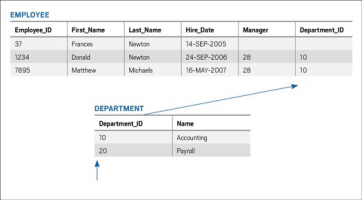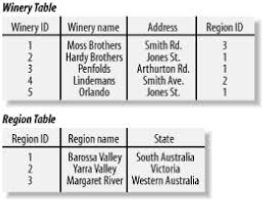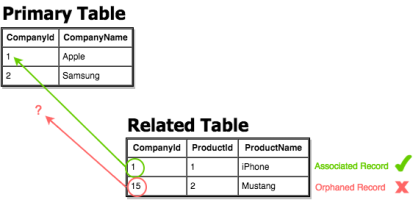-
01: Introduction
-
Introduction to databases
-
Select statements
- 01: Introduction
-
-
02: Conceptual Database Design
-
Conceptual database design
-
Aggregate queries
- 02: Conceptual Design
-
-
03: Logical Database Design
-
Logical database design
-
Join queries
- 03: Logical Design
-
-
04: Enhanced ER diagrams
-
Enhanced ER Modelling
-
Multi-table and Outer Joins
- 04: Enhanced ER Diagrams
-
-
05: Normalisation
-
Normalisation
-
Data Manipulation
- 05: Normalisation 1
-
-
06: Advanced Normalisation
-
Normalisation example
-
Normalisation beyond 3NF
-
Data Definition
- 06: Normalisation 2
-
-
07: Physical Database Design
-
Conceptual and Logical recap
-
Physical database design
-
Subqueries and views
- 07: Physical Database Design
-
-
08: Security, Indexes and Triggers
-
Database Security
-
Indexes, Triggers, User and Privileges
- 08: Security, Indexes and Triggers
-
-
9: Database Concurrency
-
Transaction Management
-
MySQL Backup and Recovery
- 09: Database Concurrency
-
-
10: Backup and Recovery
-
Backup and Recovery
-
Installing MongoDB
- 10: Backup and Recovery
-
-
11: NoSQL 1
-
NoSQL Databases
-
MongoDB - Create
-
MongoDB - Read
- 11: NoSQL 1
-
-
12: NoSQL 2
-
Document-oriented modelling
-
MongoDB - Update
-
MongoDB - Delete
- 12: NoSQL 2
-
03: Logical Design
Logical database design
Relational Model

In this lecture you will learn about the Relational Model
Logical Database Design 1

In this lecture you will learn about mapping ER diagrams to a set of relations.
Worked Example

Here we will step through transforming an ER diagram into a set ot relations
Exercises

In your own time transform the ER diagrams into a set of relations
Logical Database Design 2

In this lecture we will look at the remainder of steps in Logical Database Design

